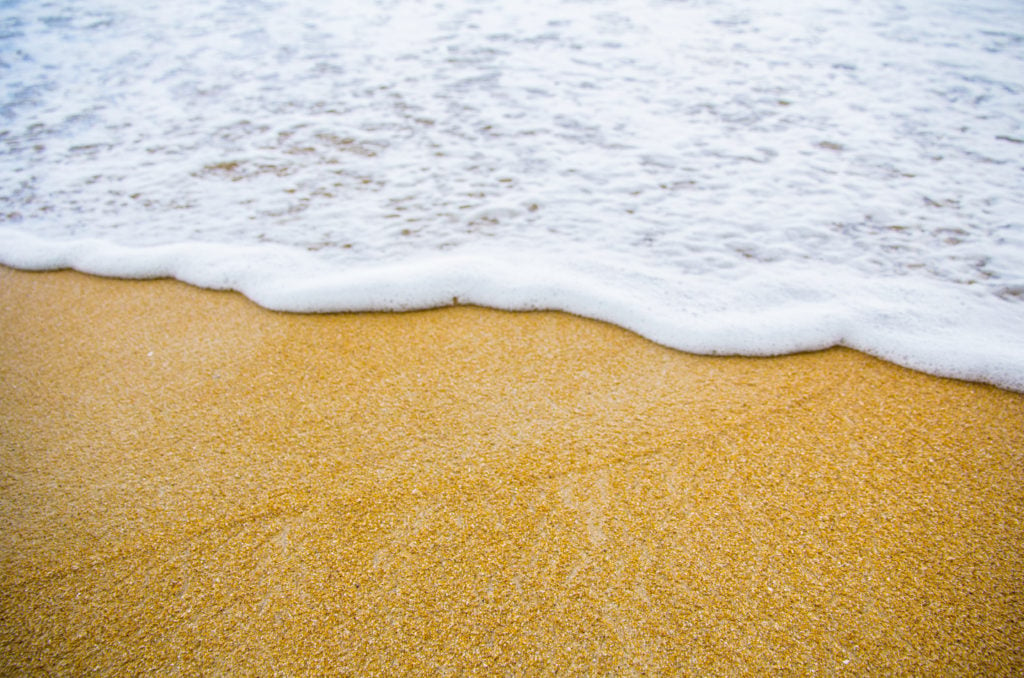There are two determinant stages in a tidal cycle: high tide and low tide. These stages occur at intervals of 6 hours and 13 minutes and are directly associated with the forces that both the sun and the moon exert on Earth, among other factors. Most coastal regions (with some exceptions) experience two tidal cycles every lunar day (24 h and 50 min), which is the time the moon takes to complete a full lap around our planet.
Tide is the name given to periodical variations of sea levels resulting from the gravitational attraction exerted by the moon on the Earth and, to a lesser extent, by the sun – as well as the centrifugal forces generated by the rotation of the masses in this sun-Earth-moon system. Tides are the longest waves in the ocean, with wavelengths that can reach the circumference of the Equator. Their dimension and intensity also depend on a series of environmental factors that shape a specific coastline location.
The moment in which the sea reaches its maximum level on a given coastal region is called high tide, while the instant it arrives at its minimum level is denominated low tide. Tides are classified in three different types, depending on their frequency and the symmetry of their wavelength: (a) semi-diurnal tides: the most common kind of tide, with two high tides and two low tides in one lunar day (24 h 50 min.); (b) diurnal tides: only one high tide and one low tide in each lunar day; (c) mixed tides: there are two high tides and two low tides – usually with great difference in range between them – in each lunar day.
The amplitude of tides also varies and can range from just a few centimeters to more than ten meters. During a lunar month (approximately 29 days 12 hours and 44 minutes), there are periodical variations on the range of tides: periods of higher tidal range usually happen in intervals of two weeks – when the sun and the moon are either in conjunction (new moon) or opposed (full moon) -, and are followed by periods of lower tidal range, which occur a week after. Some locations present tidal ranges inferior to 4m (micro tides), while others feature variations of over 4m (macro tides) – the latter often able to modify the morphology of the coastline or even its internal continental plate. Tides also play an important role in the configuration and dynamics of each and every river mouth, in environments known as estuaries.

Ryan is the founder of Tideschart.com. Originally from New Zealand, Ryan has traveled to more than 20 countries and has combined more than 10 years of development experience with his passion for the ocean.






